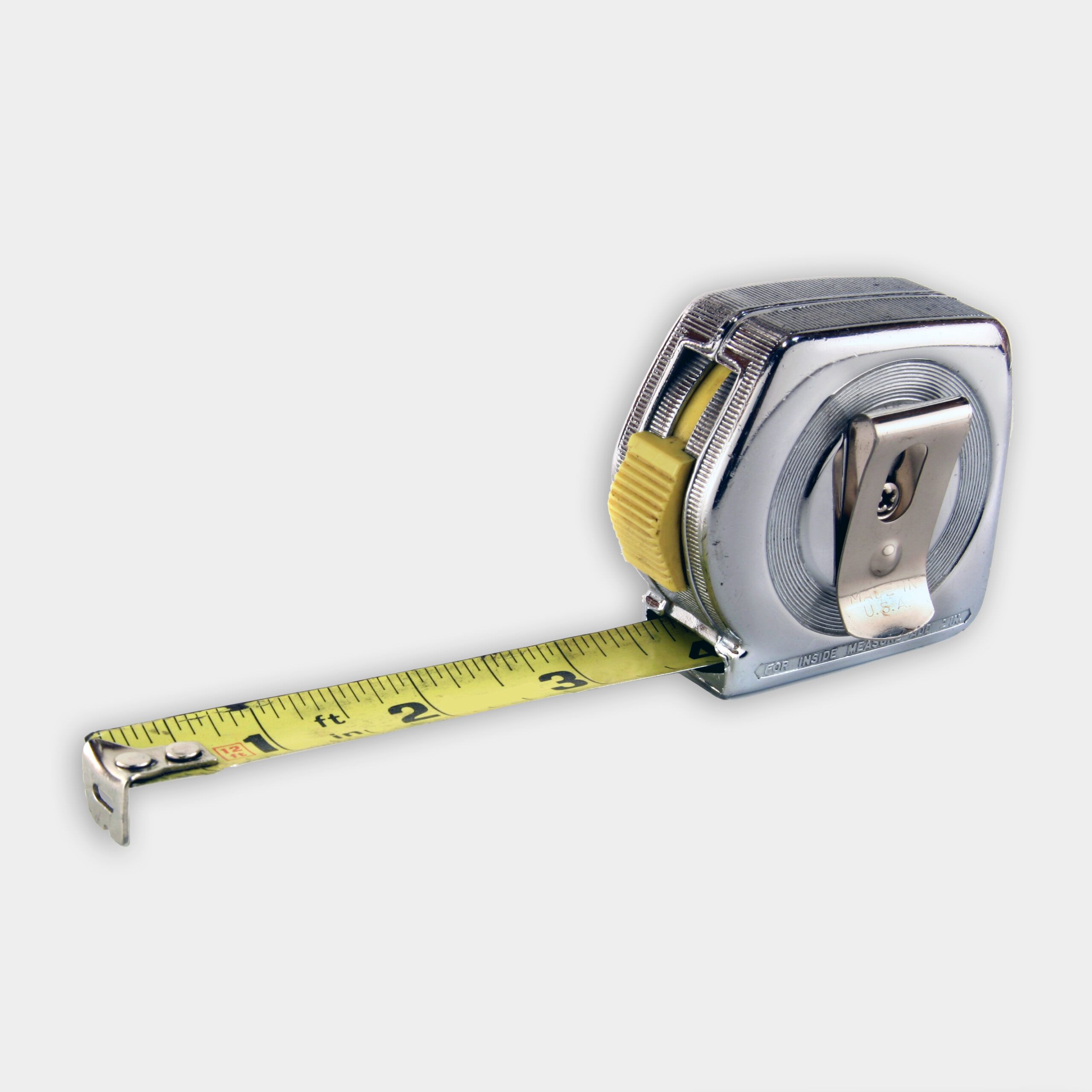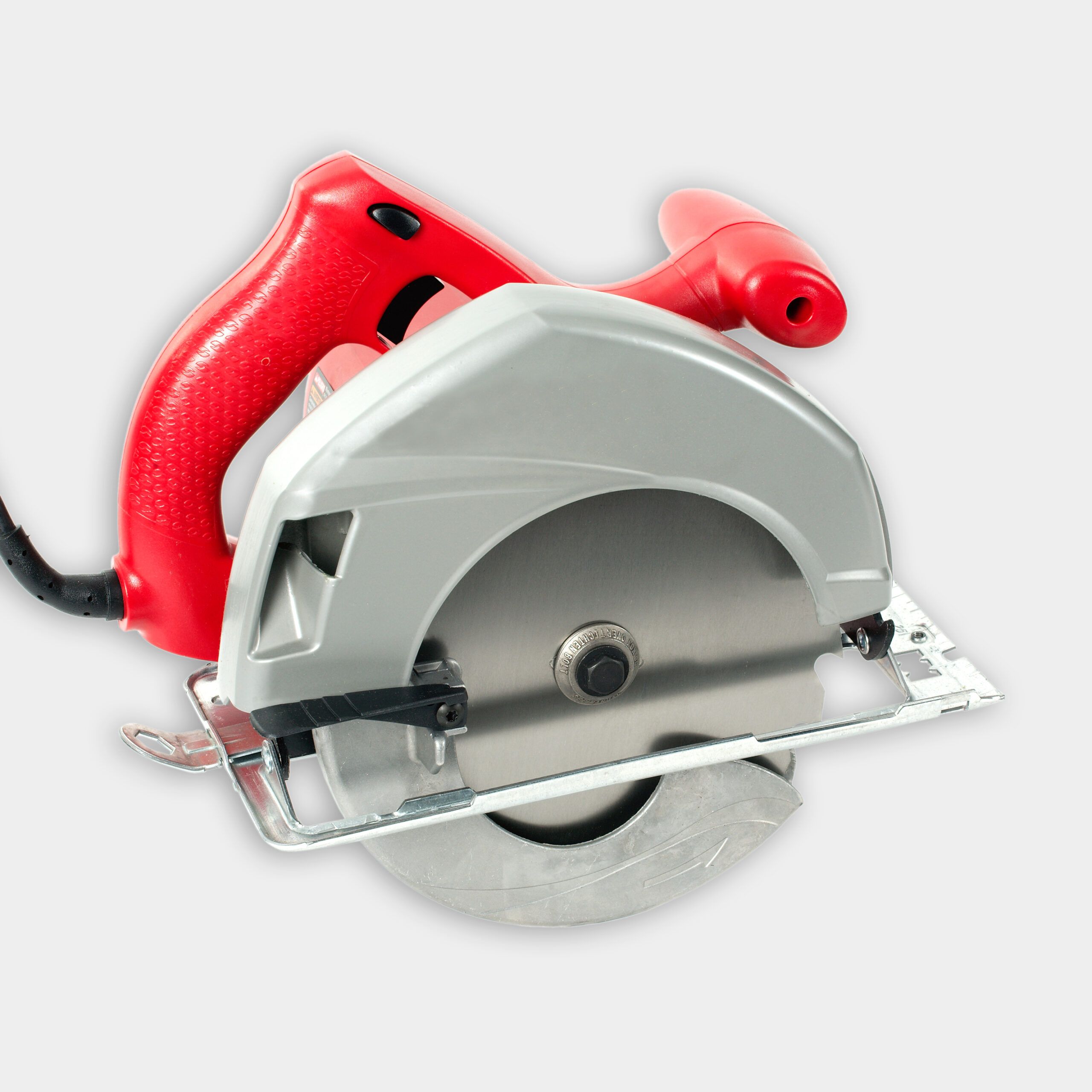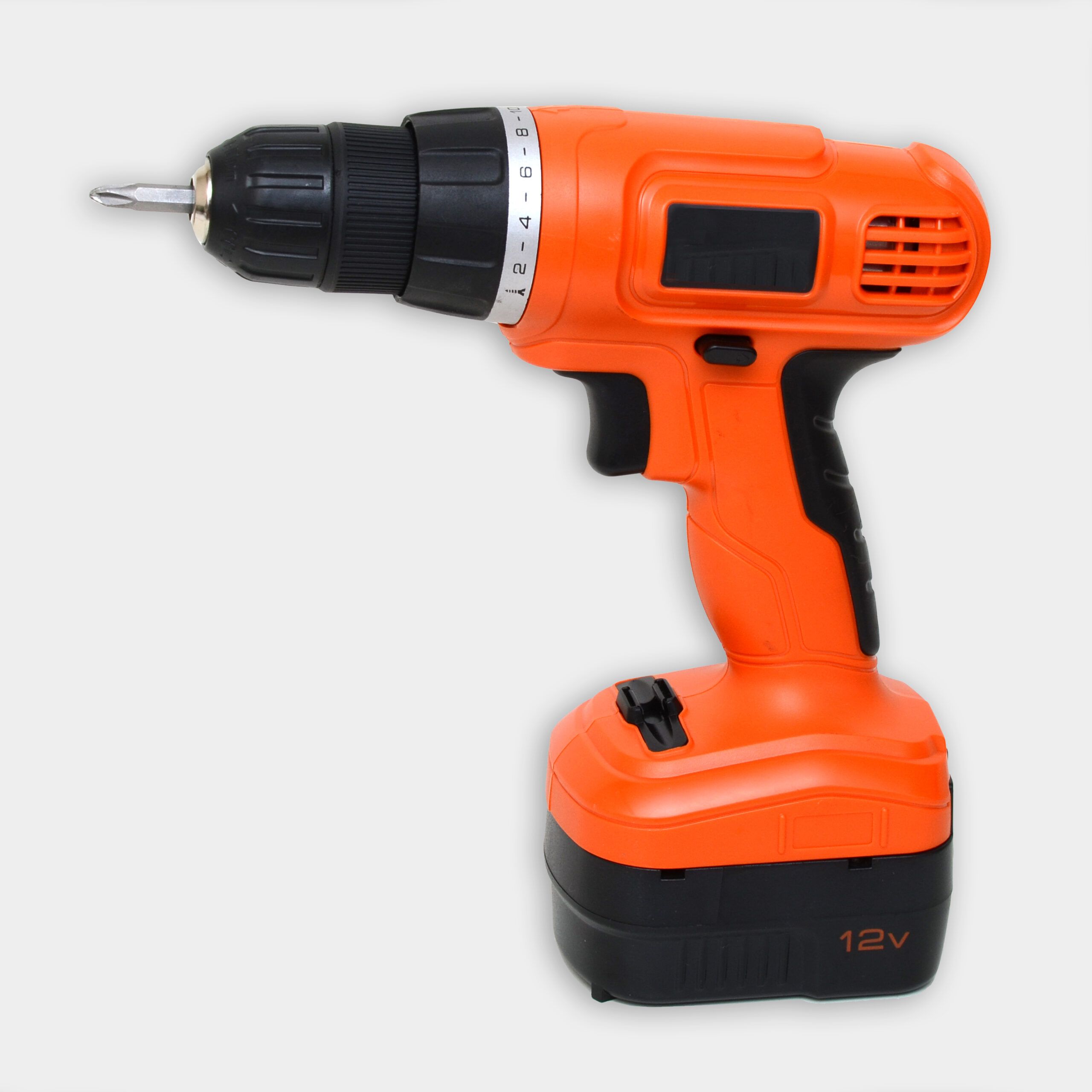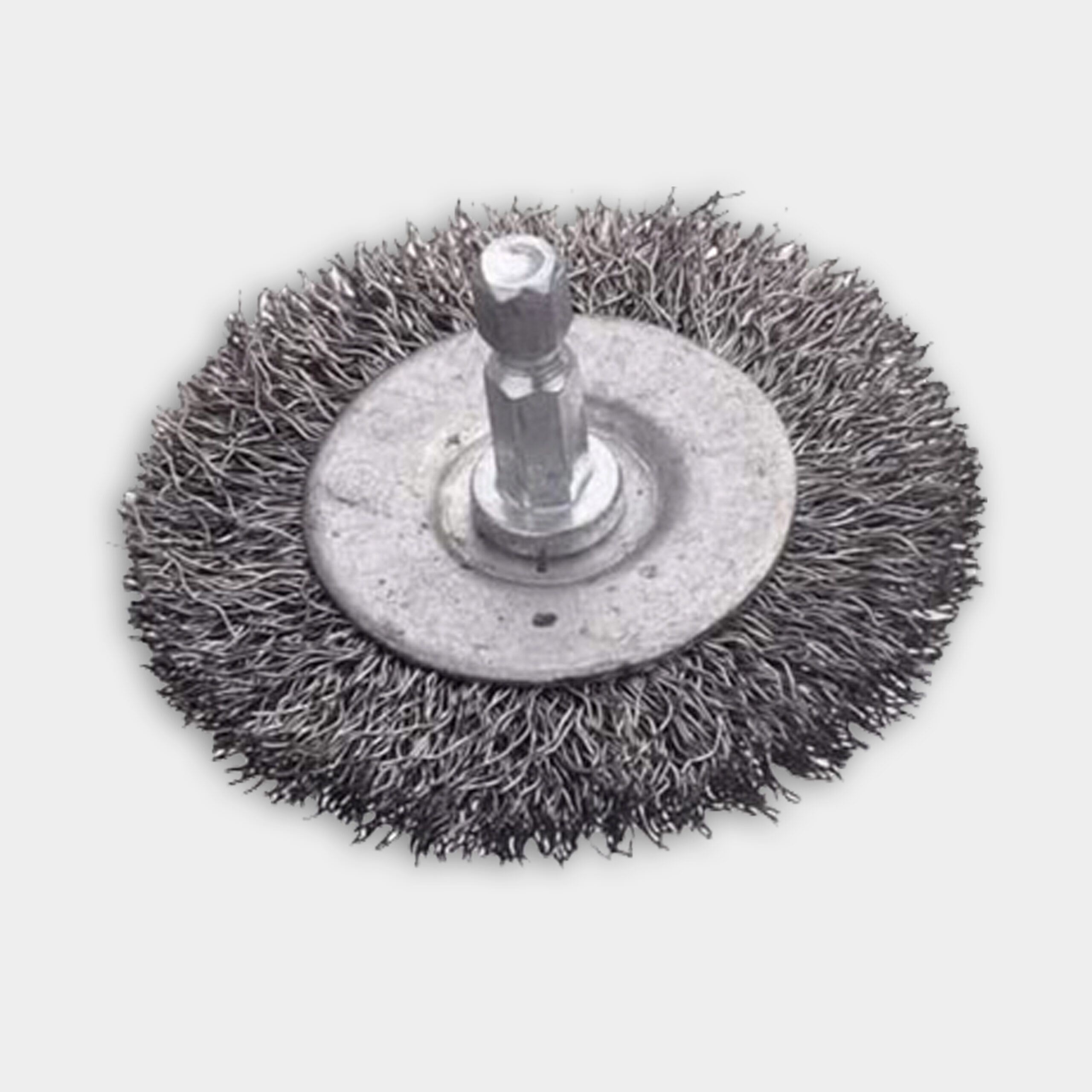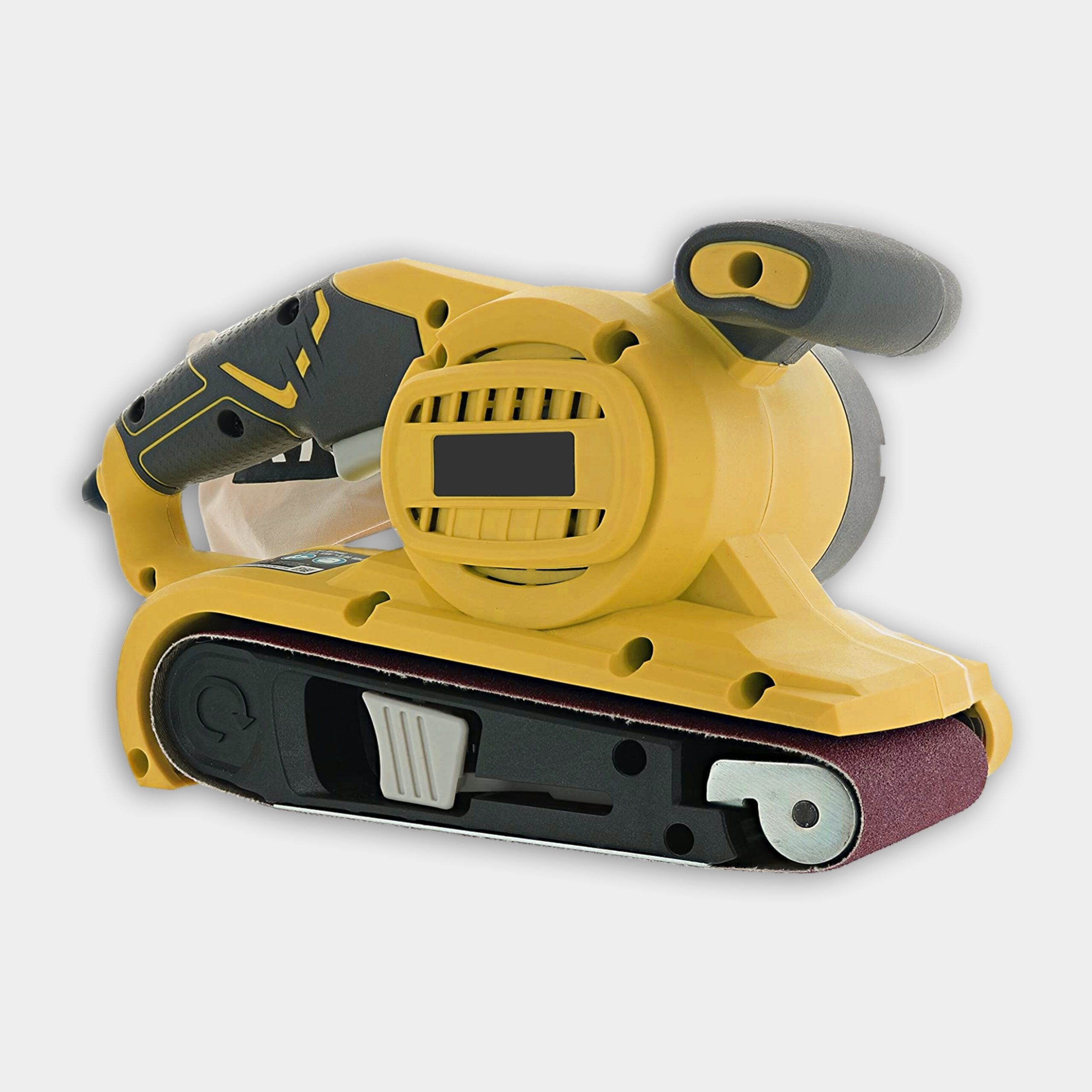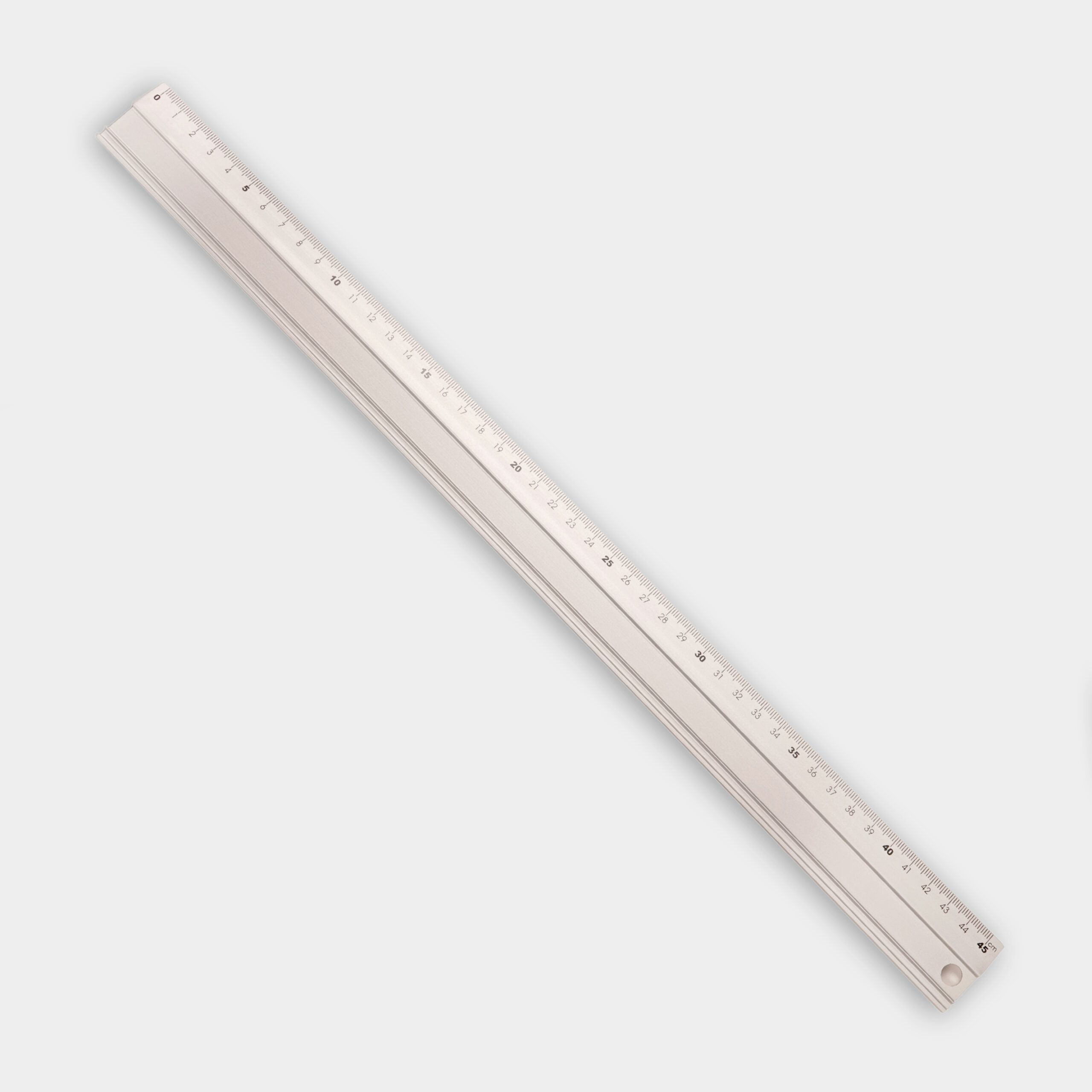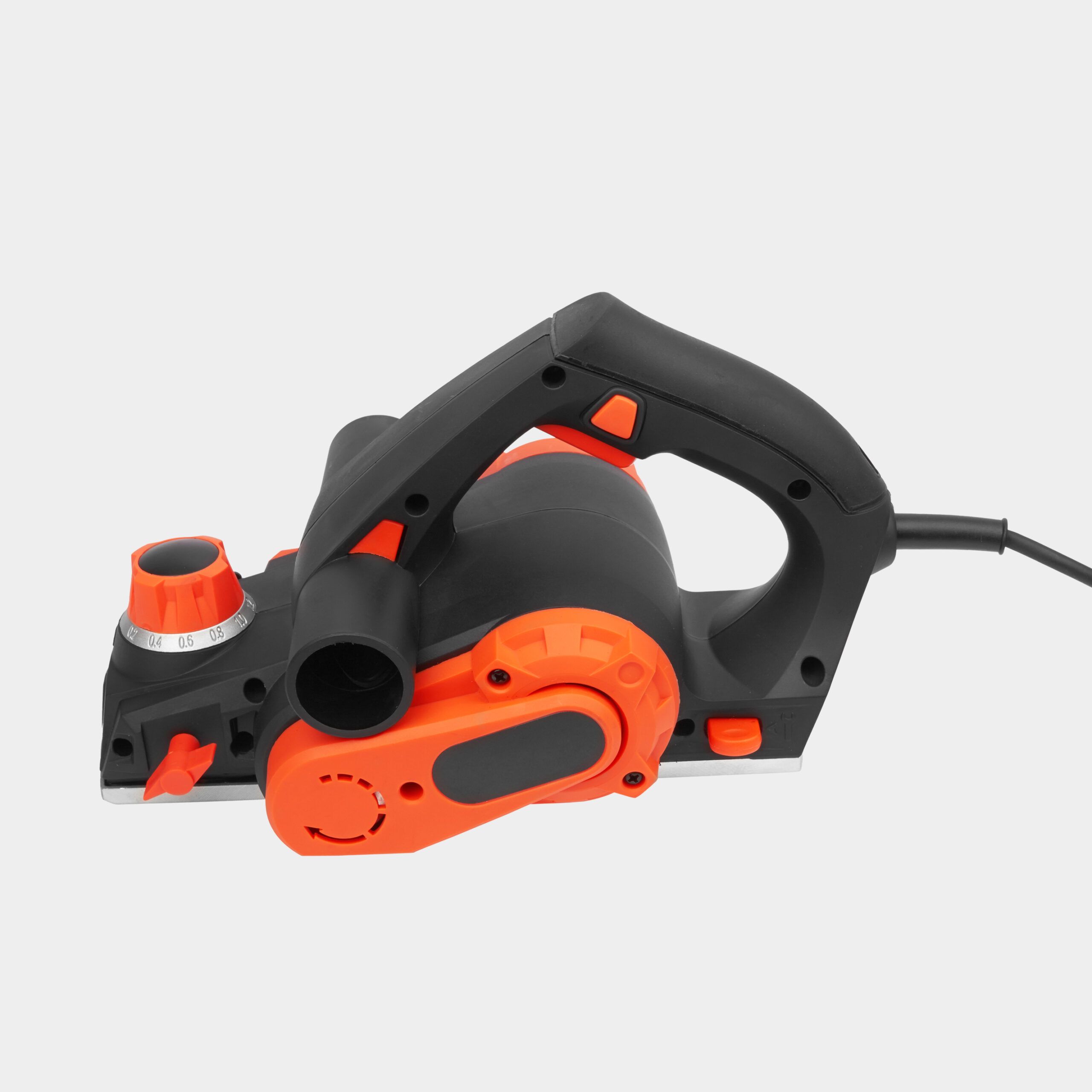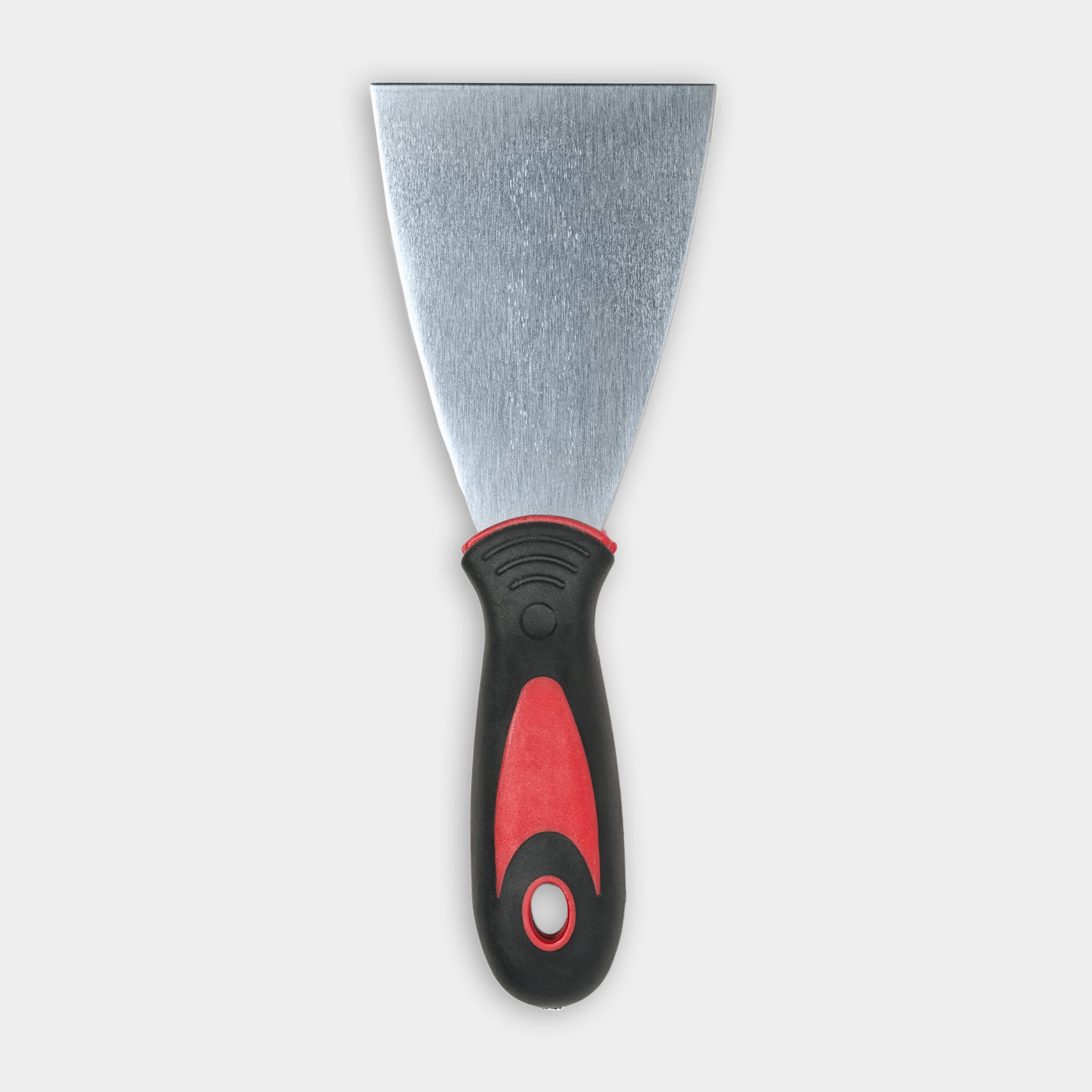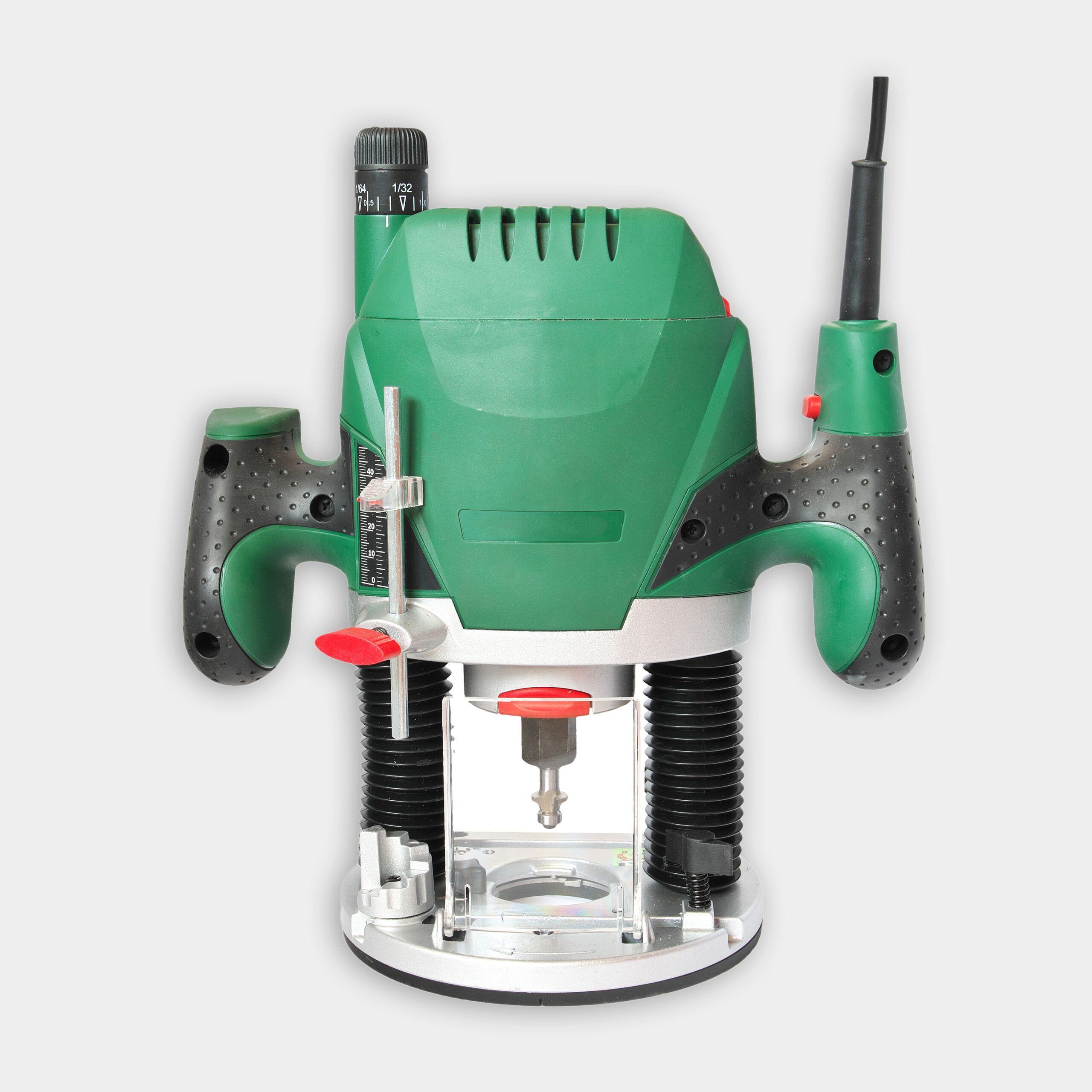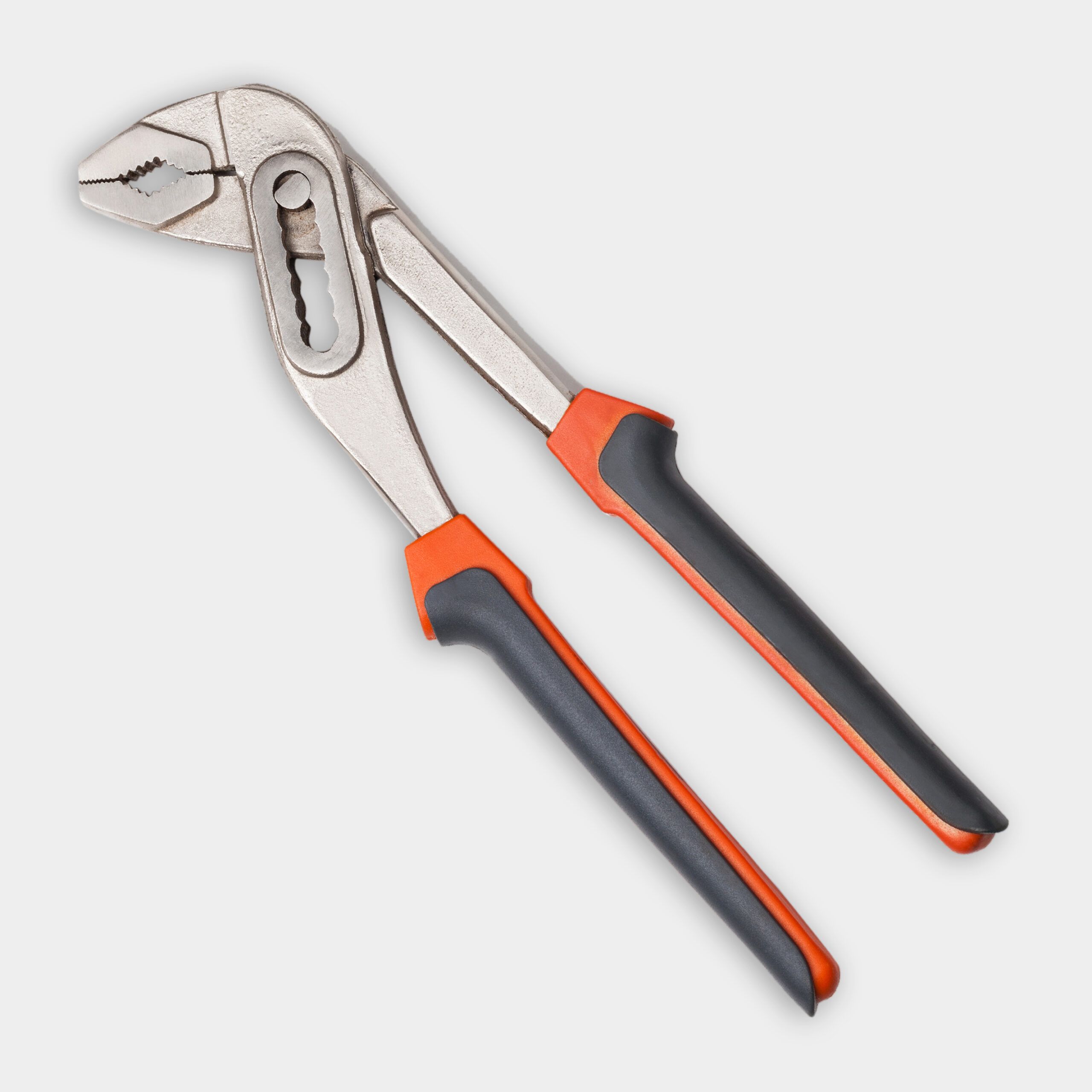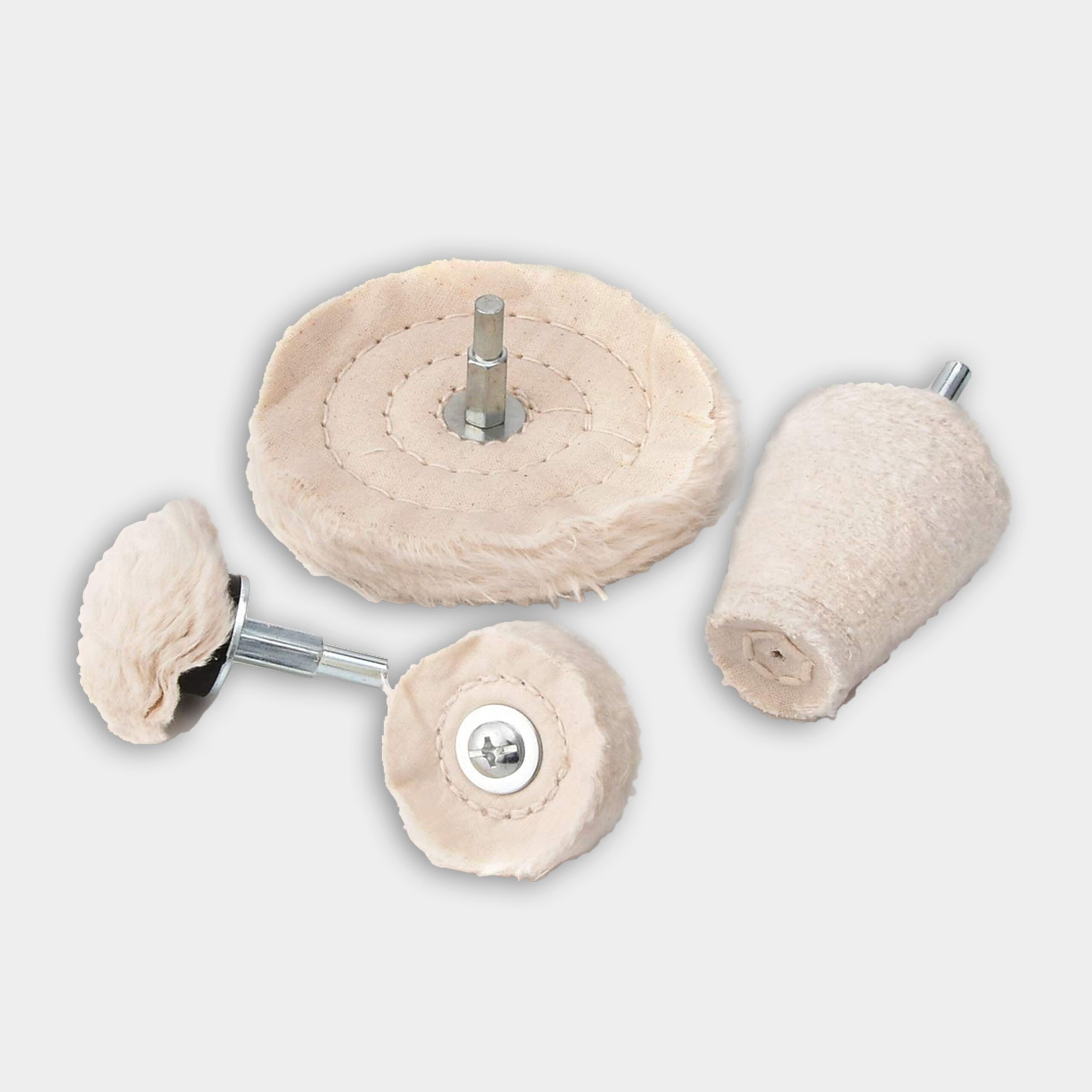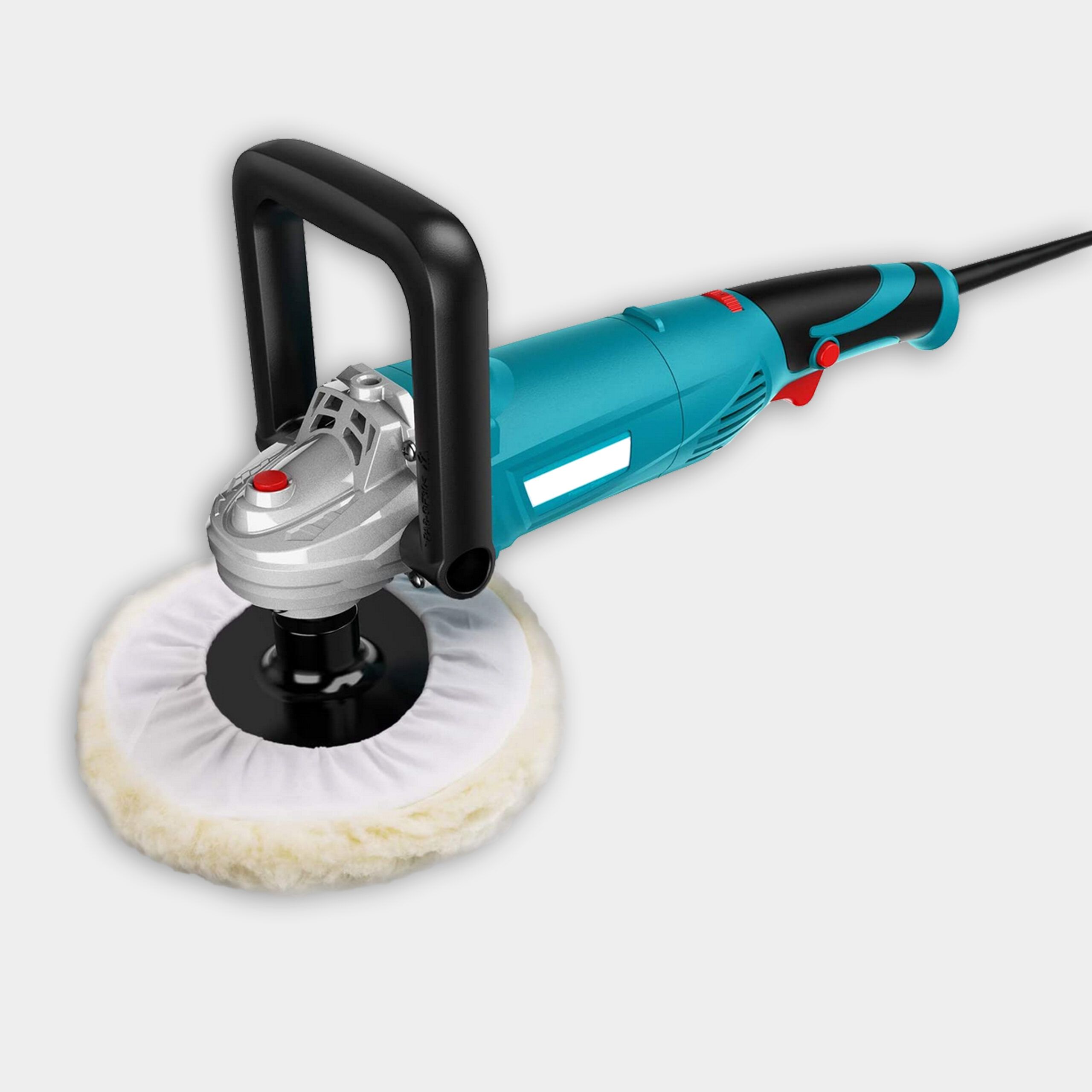We may be compensated if you purchase through links on our website. Our team is committed to delivering honest, objective, and independent reviews on home products and services.
Creating a custom bar top from a slab of oak is a rewarding DIY project that can add some natural beauty to your home’s interior. Aside from creating a durable and functional piece of furniture, you’ll also craft a unique piece that’ll be sure to turn heads. In the video above, This Old House general contractor Tom Silva and carpenter Nathan Gilbert show viewers how to build their own wood bar top from start to finish. Read on to see the step-by-step process and learn tips on how to get the best results.
Tools and Materials To Build a Bar Top
Before you start working on your new bar top, you’ll need a few things.
Materials
Gather the following materials before you dive into your project:
Tools
Have these tools ready before you begin:
Selecting and Preparing the Oak Slab
Choosing the right slab is one of the most important steps to building your bar top. Look for a piece with interesting grain patterns, knots, or other natural features that will enhance its character.
Choosing the Right Section
When selecting your oak slab, consider the following:
- Overall dimensions for your bar top
- Interesting features like knots or grain patterns
- The structural integrity of the wood
- Minimal defects or damage
Once you’ve chosen your section, mark it to the desired length and cut it with a circular saw.
Cleaning the Live Edge
If your slab has a live edge, you may need to clean it up. Use the following tips:
- Use a wire wheel attachment on a drill to remove loose wood.
- Clean up the edge with a belt sander and coarse-grit sandpaper (around 80-grit).
- Sand in the direction of the grain to maintain the natural look.
How To Build a Bar Top From a Slab of Oak
Follow these step-by-step instructions to create your bar top:
- Lay the slab flat on a work table. Place a straight edge across the top of the slab to determine its high and low points. Use the power planer to knock down any high spots. Once done, sand it with the belt sander (in the direction of the grain) to clean up any milling marks.
- If there are any holes or cracks that need filling, fill them with a compound of epoxy and red oak sawdust. Mix the epoxy with the sawdust until it forms a consistent color, and press the epoxy into the gaps. Allow the epoxy to dry completely and sand it flat.
- Flip the slab over. To ensure that the top and bottom are completely parallel and the board is a consistent thickness, use a router and a DIY planing jig or router sled and some guides on either side. Set the depth of the router bit to remove a bit of wood at a time, adjusting the depth after each complete pass.
- Remove the iron oxide from the black pipe by mixing dish soap and warm water and scrubbing the pipes lightly. This will remove the oil and prevent people sitting at the table from staining their clothing.
- Assemble the leg kit using a pair of water pump pliers to tighten all the fittings. With the top of the bar facing down against the work table, place the table legs underneath the bar top. Position the legs properly, mark, drill, and attach the legs to the bar top with screws.
- Rub an oil-wax combination finish on the bar top to seal it and give it a finished look. For a bit of shine, install a polishing wheel in the rotary polisher and polish the surface.
Maintenance and Care of Your New Bar Top
Wood is unpredictable, so it’s important to maintain your wooden bar top so it stays beautiful for years to come.
Regular Cleaning
A little upkeep goes a long way with wood:
- Wipe the surface with a damp cloth to remove dust and spills
- Avoid harsh chemicals that can damage the finish
- Clean up spills immediately to prevent staining
Periodic Refinishing
If your bar is getting regular use, you will need to stay on top of refinishing tasks:
- Reapply oil-wax finish annually or as needed to maintain protection
- Sand lightly with fine-grit sandpaper before reapplying the finish if the surface becomes scratched or worn
Woodworking Safety When Using Power Tools
Whenever you’re working with power tools, it’s important to make safety your main priority. Keep the following safety tips in mind:
- Wear a face mask when cutting or sanding wood to prevent inhaling sawdust.
- Always wear eye protection when cutting wood to prevent debris from entering your eyes.
- Work in a well-ventilated area to prevent inhaling fumes from wood stains and finishes
For additional woodworking safety tips, refer to the Occupational Safety and Health Administration’s guide for protecting workers from woodworking hazards.
Resources
We’d like to give a special thanks to Peregrine White Sawmill for providing Gilbert with expert assistance.
